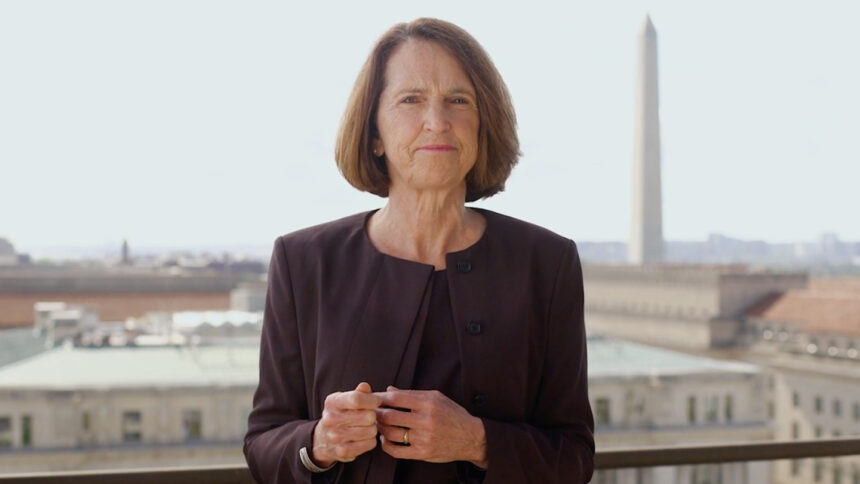
The proposed federal staffing rule would cost $7.1 billion in the first year alone, according to an analysis from LeadingAge, which sharply criticized the government’s “highly fragmented approach to long-term care financing” in a letter to congressional leaders.
The group issued its analysis Thursday morning, laying out three reasons why the proposed mandate, which was released Sept. 1, will be “impossible to implement”: lack of funding, lack of workers, and increasingly, a lack of access to care for seniors.
“Federal action on staffing mandates must be realistic to achieve its intended effect and should be paired with historic workforce investments and fair reimbursement rates,” said Katie Smith Sloan, president and CEO of LeadingAge. “The current and highly fragmented approach to long-term care financing no longer serves the millions of residents across the continuum who require compassionate and highly skilled care. Medicaid, the dominant payer of long-term care services, doesn’t fully cover nursing homes’ cost of quality care. Regulations and enforcement, even with the best intentions, just can’t change that math.”
LeadingAge is one of several groups that have issued cost analyses of the staffing rule. The American Health Care Association/National Center for Assisted Living said Tuesday that nursing homes would have to spend more than $6.8 billion annually and hire more than 102,000 new workers. AHCA President and CEO Mark Parkinson said during a press conference Wednesday that more than 287,000 patients — approximately 26% of the current nursing home population — could be discharged due to lack of staff if the mandate is enacted as proposed.
A spokeswoman for LeadingAge said that the differences in estimates from the two groups that represent providers are due to differences in methodology, such as the inclusion of contract wages and outlier hourly rates, and also the use of medians versus average hourly wages.
“These estimates underscore that the overall price tag of the proposed rule’s implementation is astronomical — far greater than even CMS’ own estimate of $4.1 billion. Providers cannot carry this price tag on their own,” the spokeswoman said in an email to McKnight’s Long-Term Care News on Friday.
LeadingAge sent its letter to the four top leaders in the US House and US Senate and the chambers’ members and staffs for the committees that oversee aging services and federal tax writing. The missive noted that there has been no funding allocated to the Centers for Medicare & Medicaid Services to distribute to nursing homes to hire the 90,000 staffers the agency estimates will be needed. CMS put the cost at $4.06 billion, notably lower than independent and industry analyses.
The mandate would require nursing homes to provide 2.45 hours of nurse aide care per patient day, a 0.55 hourly daily requirement for RN care, and round-the-clock RN coverage at every building. Sloan’s letter noted that the rule does not include LPNs, whose time could count toward either of the ratios.
“Hiring in long-term care has long been a challenging process, but with historic unemployment at less than 4%, there simply aren’t enough workers to fill open positions,” Sloan wrote, adding that many facilities have had to turn to costly staffing agencies to fill their needs.
LeadingAge’s letter included a state-by-state breakdown of the additional annual costs to meet the proposed rule. Nursing homes in 19 states would have to spend more than $100 million per state each year to meet the rule. Just one — Alaska — would come in under $1 million annually. Six states and Puerto Rico come in under $10 million per year for additional staff costs.
Among the states with the highest annual costs are: Texas, $721 million;California, $503 million; Illinois, $437 million; Pennsylvania, $463 million; Virginia, $230 million; Georgia, $229 million; and Massachusetts, $204 million.



